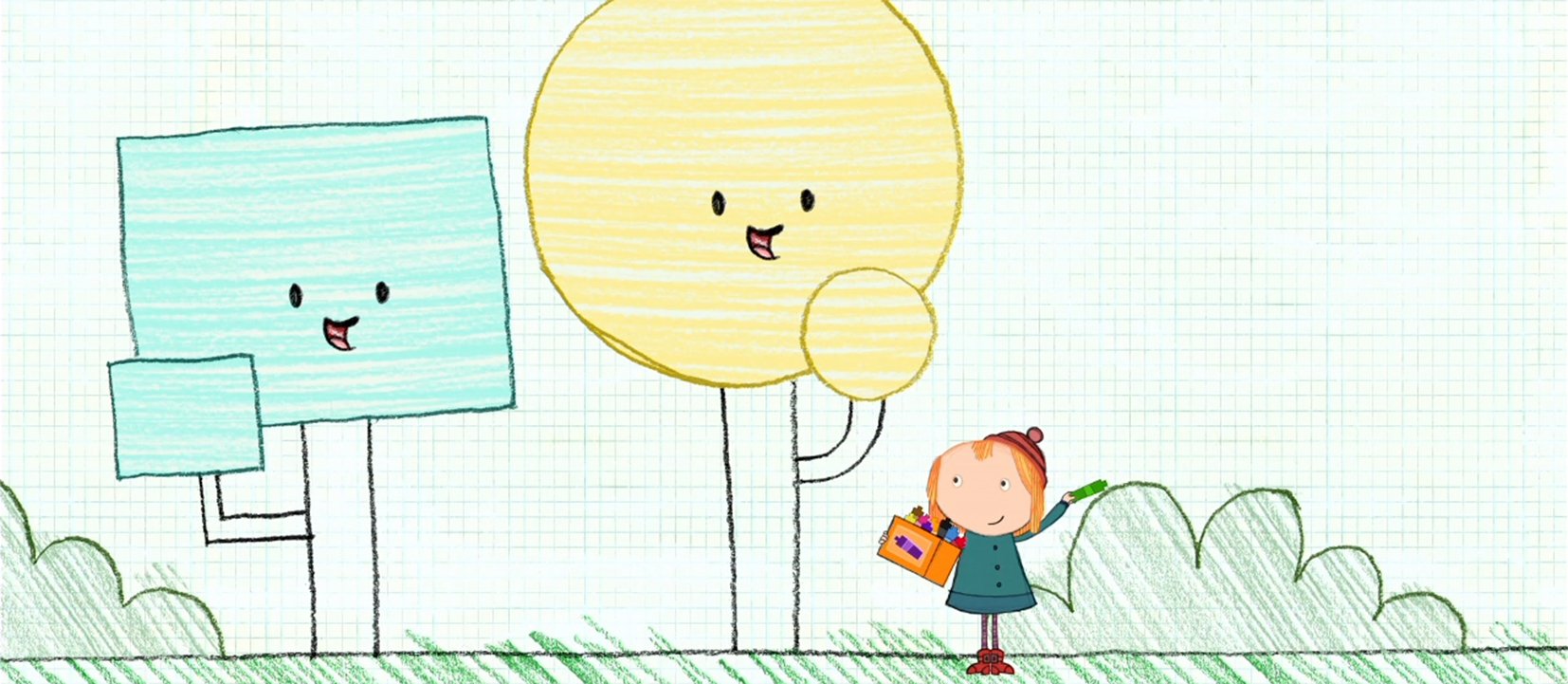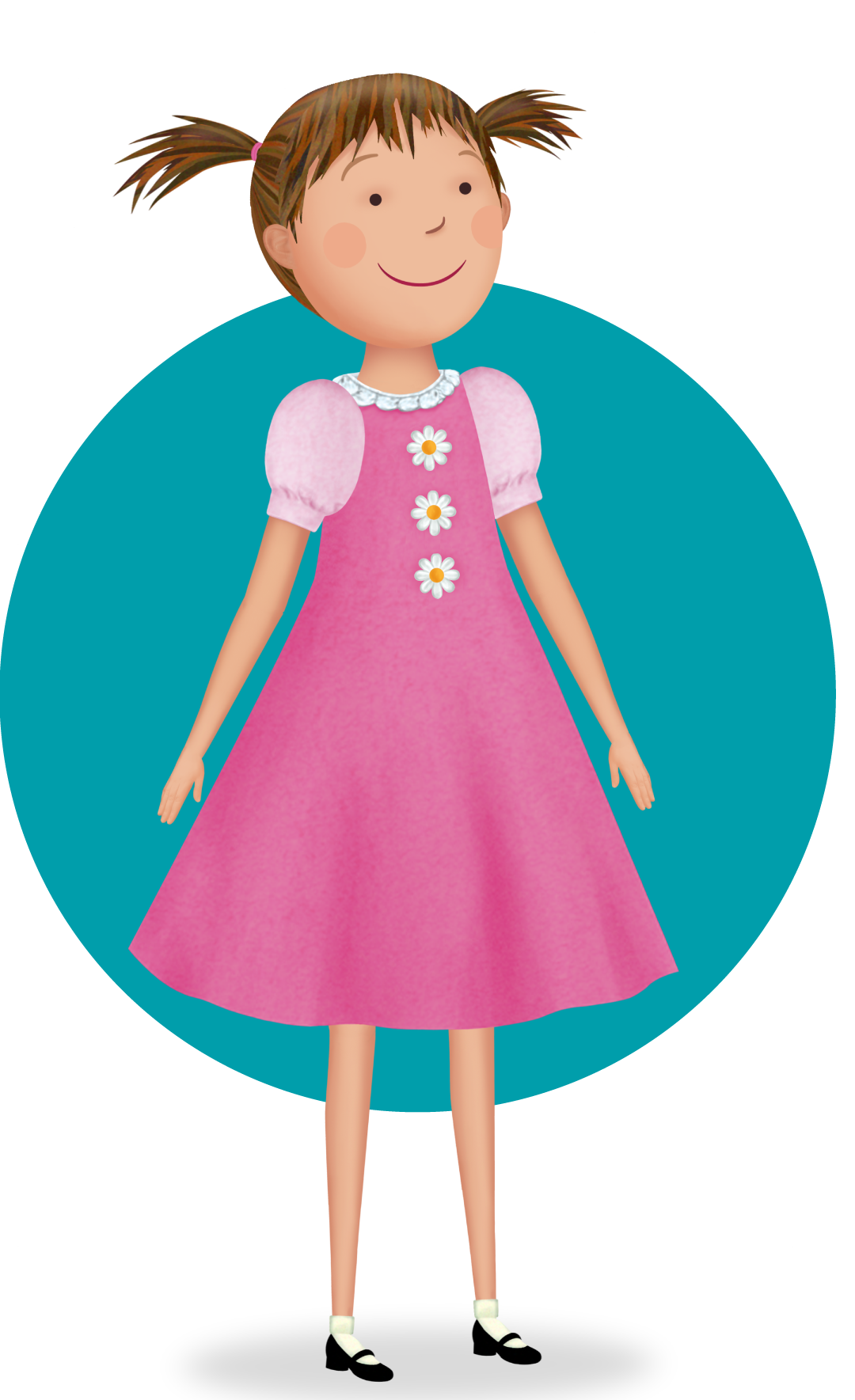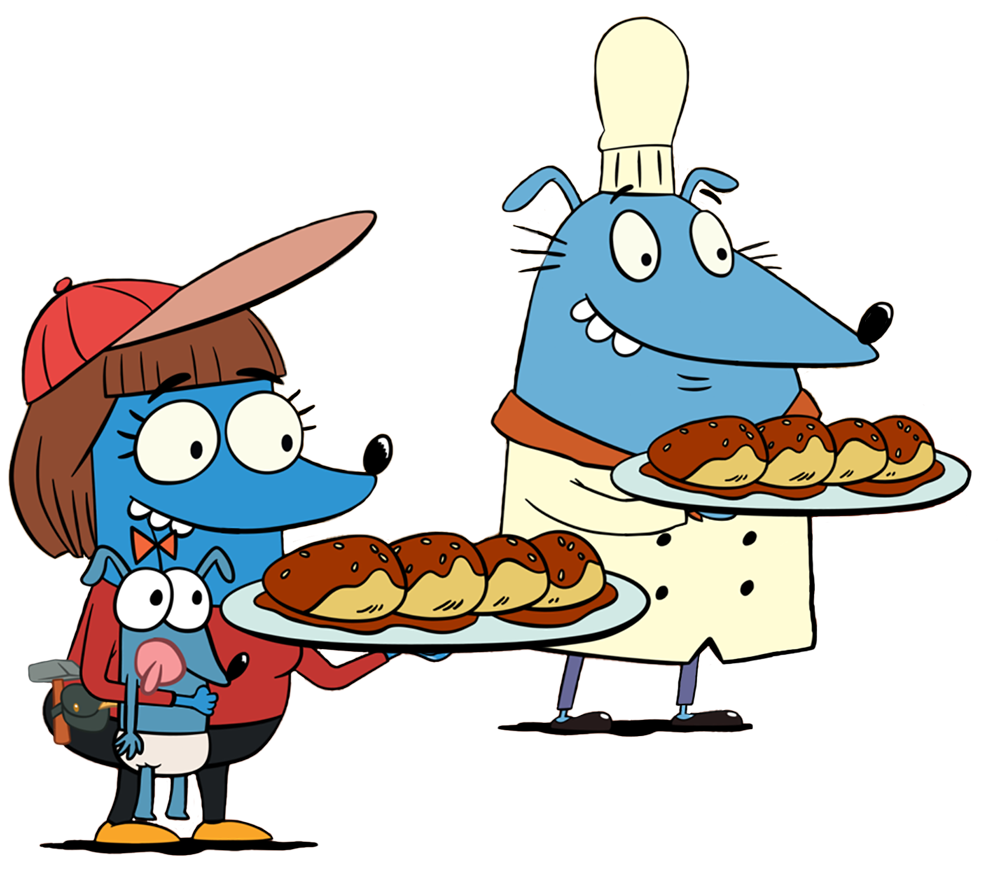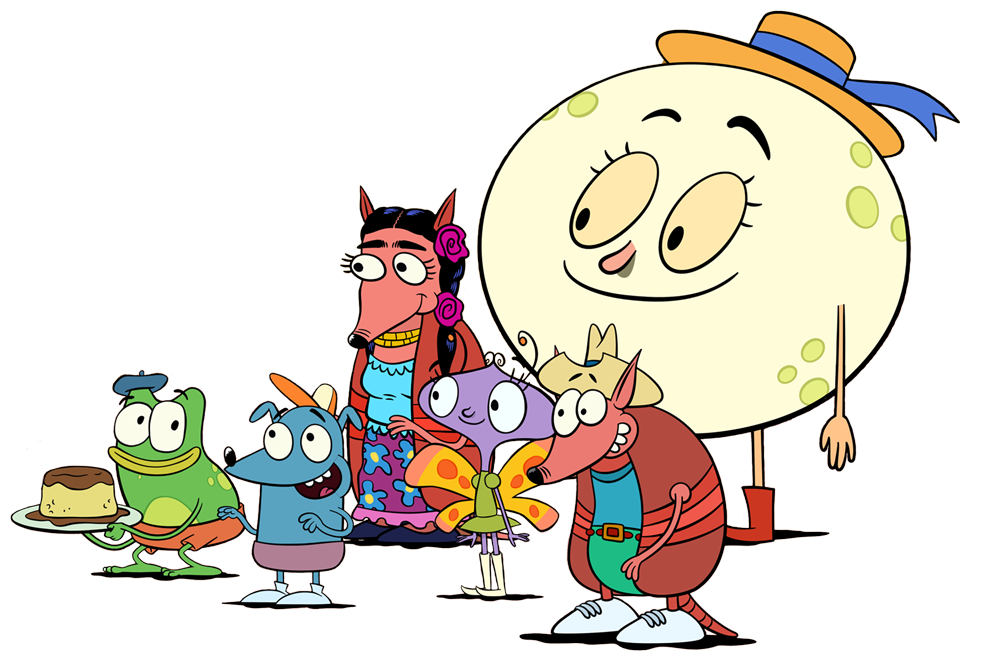Color and Shape Bingo | Activities | WTTW Kids Learn & Play
With the help of the classic Bingo game, students will become familiar with flat shapes such as triangles, squares, and circles. An understanding of colors and numbers will also be exercised in this fun and educational version.

Activity Prep
- Prepare a chart on one of the white boards or large pieces of paper with a black marker that has four shapes (circle, rectangle, square, and triangle) on it and a blank column next to the shapes with the heading “Number of Sides."
- Prepare a set of cards to draw from during the bingo game. Each of the four shapes (circles, rectangles, squares, and triangles) will be represented in each of five colors: red, blue, green, purple, and orange (20 cards total).
- Prepare enough bingo cards for the entire group, using a site such as bingobaker.com to create the cards. The cards will be 5x5 with shapes of different colors on the cards.
- Also prepare cups full of 25, small, inedible items to use as markers for the bingo game.
Activity
- Make sure all children in the group understand the concept of shapes by creating a “sides chart” that children can use as a reference for the remainder of classroom work with shapes. Tell the children that they will be learning about shapes today. Go through the four shapes on the “sides chart” (circle, rectangle, square, and triangle), asking how many sides each has (0, 4, 4, and 3, respectively). Then ask the children what the difference is between a square and a rectangle (a square has four equal sides, and a rectangle has two long sides and two short sides). Use the black marker to create the chart to eliminate confusion of colors and shapes during the game.
- Give each child a bingo card and a cup with some small inedible items to use as markers.
- Tell the children they will be playing bingo and go over the rules with them. Then the children will play a few rounds of bingo as cards are drawn out of the basket. Do not place cards back in the basket as they are used. On the unused white board or large piece of paper, draw each shape and color that is picked from the basket with a marker to help children keep track of what shapes and colors have already been chosen. Prizes will be items shaped like the four shapes that the presenters started with at the beginning of the session.
Considerations/Modifications/Extension Activities
- For children that need additional assistance, seat children in groups with adults or mix children of various skill levels to help one another.
- If you know the ability level of your group, select questions that the children in your particular group can answer.
- For children that need extra help, use additional clips from Daniel Tiger’s Neighborhood as further examples after watching the clip. (See pbskids.org)
- For more adventurous children, have the children sit in groups, come up with their own ideas for solving their group’s problem, and allow them to present their responses when the larger group gets back together.




